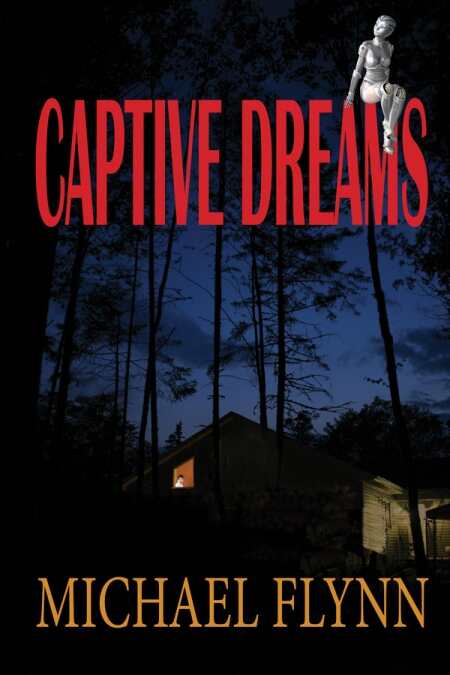Captive Dreams
In the early years of science fiction publishing, writers were often coaxed into publighing fix-up novels, composed of two or more short fiction works which were combined with connecting material to form a novel. For example, Gordon Dickson had a few fix-up novels published as well as writing entire novels centered on his Dorsai “universe.” The point was to get as much financial mileage as possible out of a writer’s short fiction portfolio. This allowed short fiction collections, fix-ups, and whole novels to all be centered on one set of characters or the same worlds, even though the generator of the longer works was initially unrelated.
Captive Dreams is not a short fiction collection or a fix-up in the usual sense. Some of the stories herein were previously published, others were written for this volume. The character set is the same for each story regardless of which characters appear in any given stories. What makes this volume unique is that one neighborhood is the setting, and all the characters in the stories live in that neighborhood. Flynn has also added afterwords for each story which describe how he came to write each piece, a great way of answering the standard question, “Where do you get your ideas?”
Flynn has created a fictional work from disparate parts that feels homogenous. “Melodies of the Heart” establishes the milieu and the tone of all the stories in its recounting of a part-time doctor at a retirement home who thinks he finds a key to unlock the chains of his daughter’s illness in an older resident’s memories. The title story is a deeply affecting meditation on how parents of handicapped children can grow too attached to their child’s handicap instead of the child. “Buried Hopes” focuses on a foreign-born member of the shared neighborhood who finds himself in need of psychological counseling. It’s an intriguing tangent from the “aliens live next door” trope that shows how devastating homesickness can be if allowed to grow, and what the “outsider” might do to improve its mental state.
As Flynn notes in the “Afterword to the Afterwords,” the stories in Captive Dreams share a “common ambience of deep melancholy and terrible ambiguity.” Each story reflects the human element of scientific advancements, the good and bad of breakthrough treatments, programs to improve the human body and mind, the persistence of the mind after physical death, and other what-ifs often found in science fiction. Captive Dreams represents an alternative to fix-ups that works very well.
Reviewed by
J. G. Stinson
Disclosure: This article is not an endorsement, but a review. The publisher of this book provided free copies of the book and paid a small fee to have their book reviewed by a professional reviewer. Foreword Reviews and Clarion Reviews make no guarantee that the publisher will receive a positive review. Foreword Magazine, Inc. is disclosing this in accordance with the Federal Trade Commission’s 16 CFR, Part 255.


